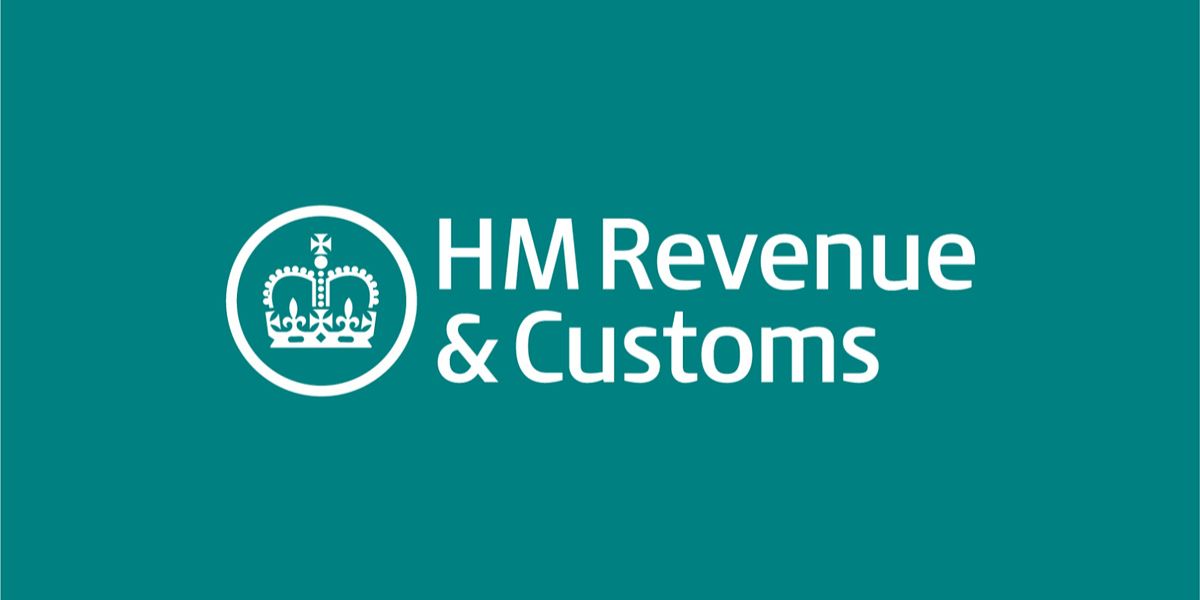The UK’s tax authority, HM Revenue & Customs (HMRC), published new transfer pricing compliance guidelines, Guidelines for Compliance—Help with common risks in transfer pricing approaches—GfC7’ (Guidelines for Compliance), on 10 September 2024.
This new guidance aims to reduce uncertainty for UK businesses by providing greater clarity and transparency of HMRC’s compliance expectations. Furthermore, the Guidelines for Compliance also highlight HMRC’s expectations of the UK business’s role in managing transfer pricing compliance risk, common risk areas to watch out for, or for which greater scrutiny is recommended.
It also assists in raising awareness amongst specialists of common risks in scoping, preparation, analysis and retention of transfer pricing documentation and best practices, as well as highlighting common indicators of risk in designing and selecting transfer pricing policies
These guidelines apply to businesses that must adhere to master and local file documentation requirements, those exempt from these requirements but still required to file and support an arm’s length return, and businesses encountering transfer pricing rules for the first time.
Scope of use
These guidelines are part of HMRC’s known position for UK businesses who need to consider whether their transactions fall within the uncertain tax treatment (UTT) notification obligations. These guidelines are not, however, a replacement of HMRC’s guidance within the International Manuals and do not represent any change in HMRC policy.
The included examples of compliance risk are intended to be non-exhaustive and based on risks most commonly encountered by HMRC. In addition, these guidelines do not provide any assurances on transfer pricing positions. Businesses seeking greater confidence may apply for an Advance Pricing Agreement (APA).
Documents
The new Guidelines for Compliance include the following sections:
1. Managing compliance risk for UK businesses – This section targets ‘UK risk leads and their associated group functions’. The responsibility of which is to manage transfer pricing compliance risk for UK businesses that are either within the scope of transfer pricing rules or are likely to be within the scope in the near future.
2. Common compliance risks – This section is intended for individuals experienced in transfer pricing compliance, particularly in-house tax and external specialists. It addresses key activities such as setting transfer pricing policies, defining the compliance work scope related to transfer pricing, conducting transfer pricing analysis, and preparing transfer pricing documentation for UK businesses.
3. Indicators of transfer pricing policy design risk – This section is intended for those with experience in transfer pricing compliance, mainly in-house tax professionals and external specialists. It focuses on setting transfer pricing policies and assessing risks within existing transfer pricing policy approaches.
4. Annex A – This Annex provides examples of supporting business records and information to assist in analysing arm’s length returns, specifically for businesses under the Transfer Pricing Records Regulations 2023. It covers master and local files as per the OECD Transfer Pricing Guidelines. It may also assist specialists requesting business information to determine the appropriate transfer pricing policy. The Annex also includes examples and information highlighting areas for data, evidence-based analysis, and business changes requiring deeper analysis.















